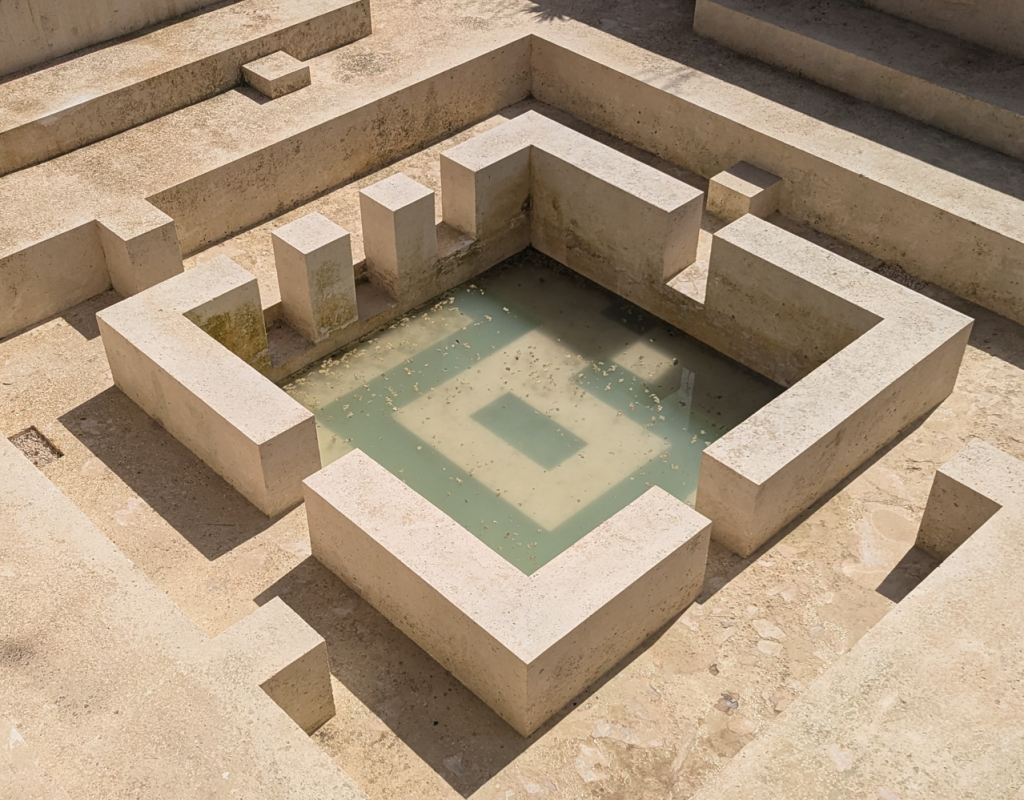
Sayab
Technical Data Sheet:
Location:
Credits:
DETALLES DEL PROYECTO
Sayab, meaning “spring” in Yucatec Maya, is a monumental sculpture by Tania Candiani inspired by the Tza tun tzat, the only surviving Maya labyrinth located in Oxkintok, Yucatán. Throughout history, labyrinths have held diverse meanings across cultures: from prehistoric traps for spirits to symbolic paths toward the divine in the Middle Ages. In Mayan cosmology, the labyrinth is a portal connecting the underworld, the earthly realm, and the heavens—a sacred cartography for those embarking on a journey after death, whether physical or ritual, to uncover the secrets of existence, healing, or rebirth.
The Tza tun tzat, carved into limestone, symbolizes the chaos preceding creation and serves as a cosmic clock aligned with the equinoxes. This unique design serves as the conceptual and formal foundation for Sayab, which reflects the labyrinth’s cartographic layout, orientation, and levels.
Measuring 15 x 15 x 4.20 meters, the sculpture is crafted from limestone, a material intimately tied to the landscape of the Yucatán Peninsula, and incorporates local vegetation, reinforcing its connection to the natural environment and the cultural heritage of the Maya.
Situated in Parque El Jaguar, a site dedicated to environmental and cultural conservation, Sayab is a walkable structure that allows visitors to physically experience the symbolic journey of the labyrinth. The piece invites contemplation on the intricate relationship between life, death, and transcendence, evoking the healing and rebirth rituals central to Maya spirituality.
With Sayab, Tania Candiani pays homage to ancestral traditions while fostering a contemporary dialogue on sustainability and the preservation of indigenous worldviews. The sculpture not only reinterprets the architecture and spiritual significance of the Tza tun tzat but also highlights the vital connection between humanity and its natural surroundings.
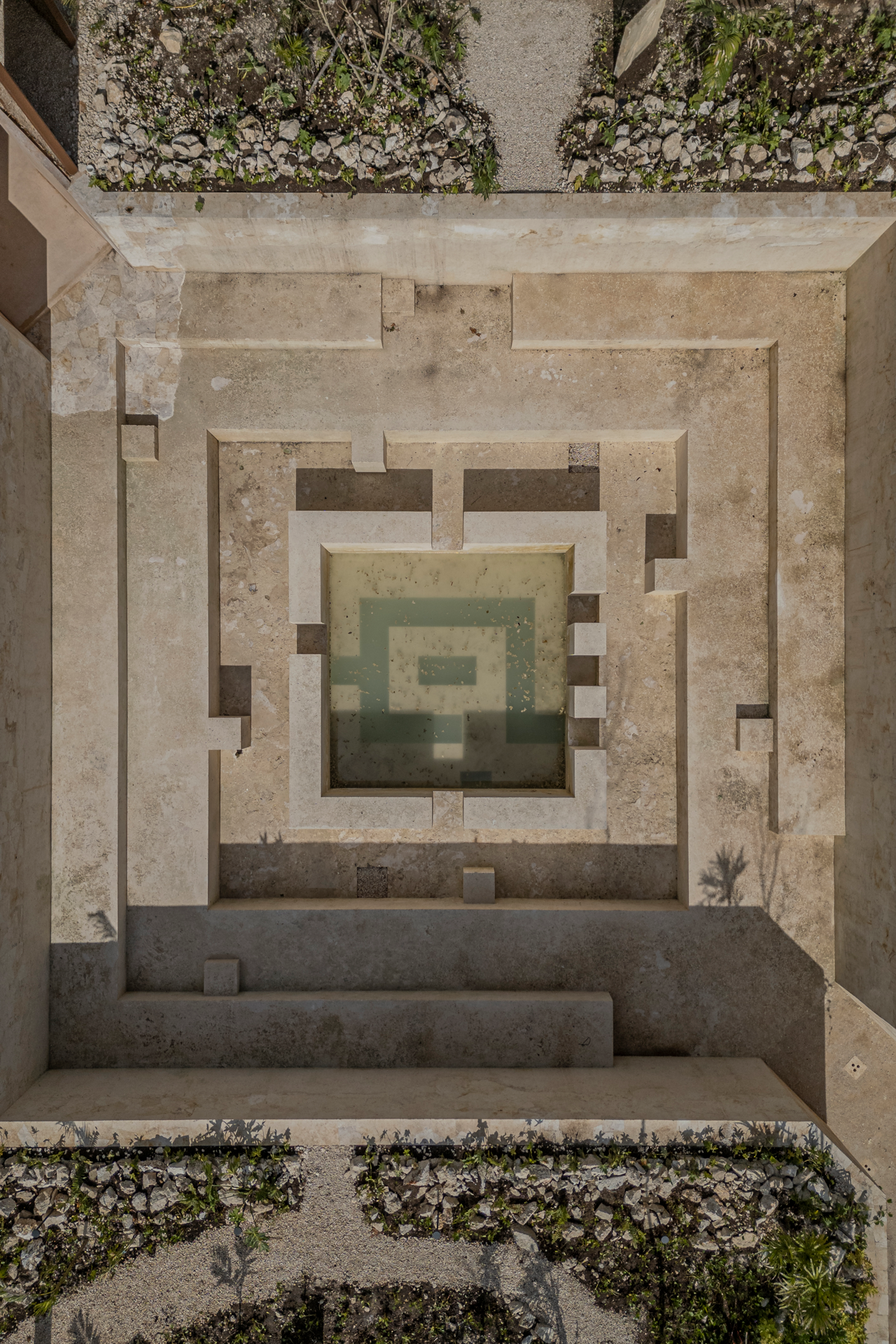
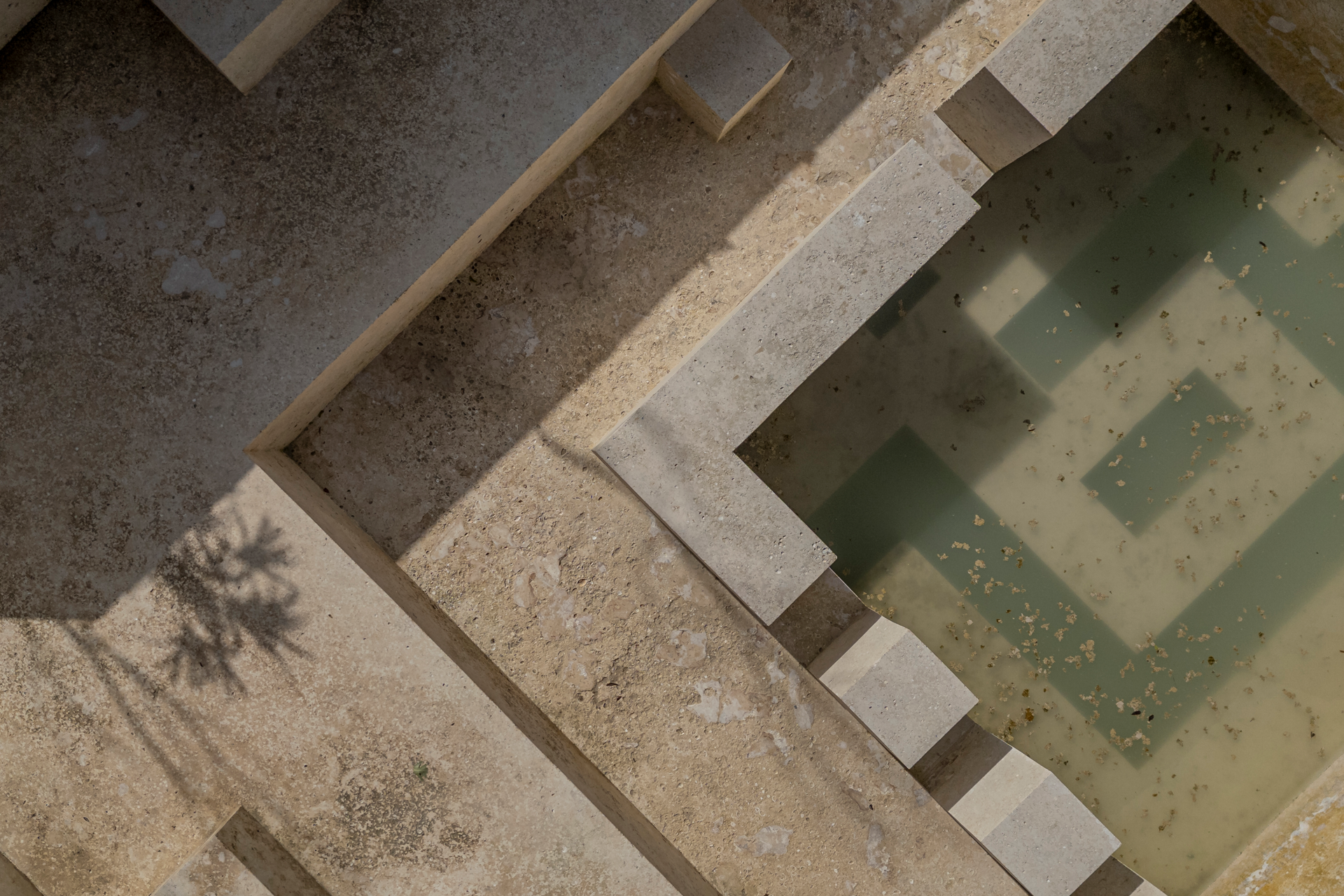
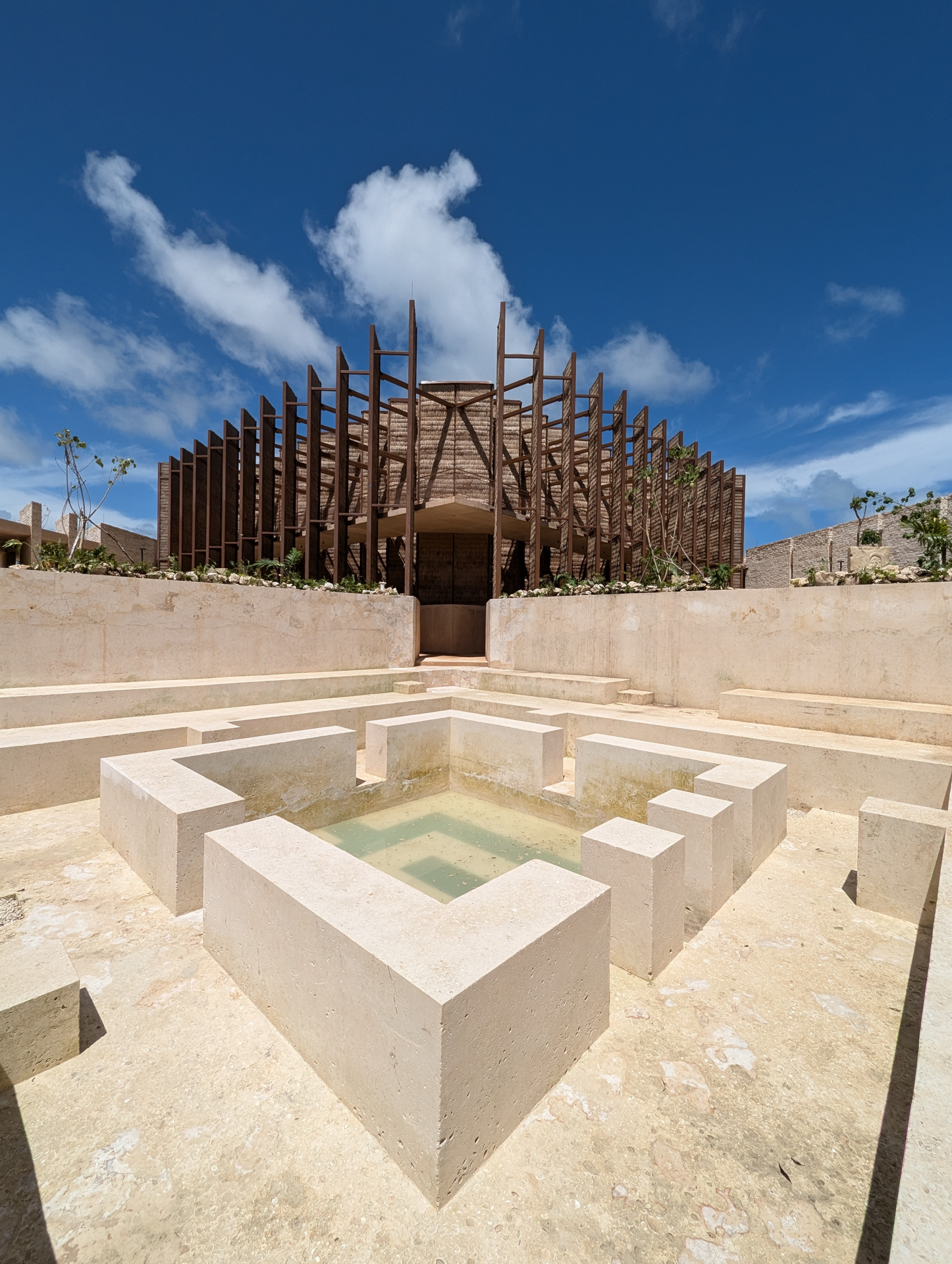
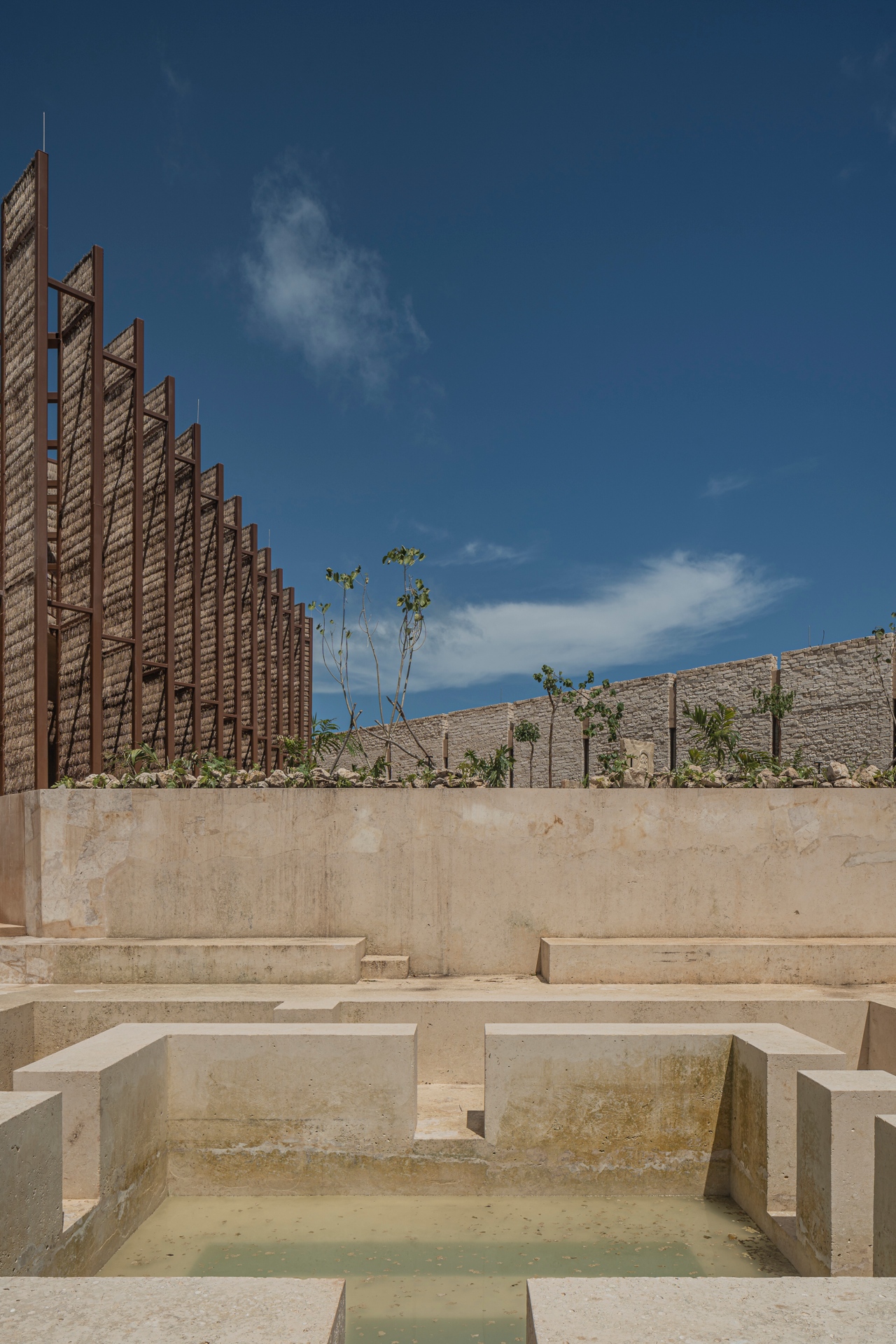
DETALLES DEL PROYECTO
DETALLES DEL PROYECTO
DETALLES DEL PROYECTO
DETALLES DEL PROYECTO
DETALLES DEL PROYECTO
DETALLES DEL PROYECTO